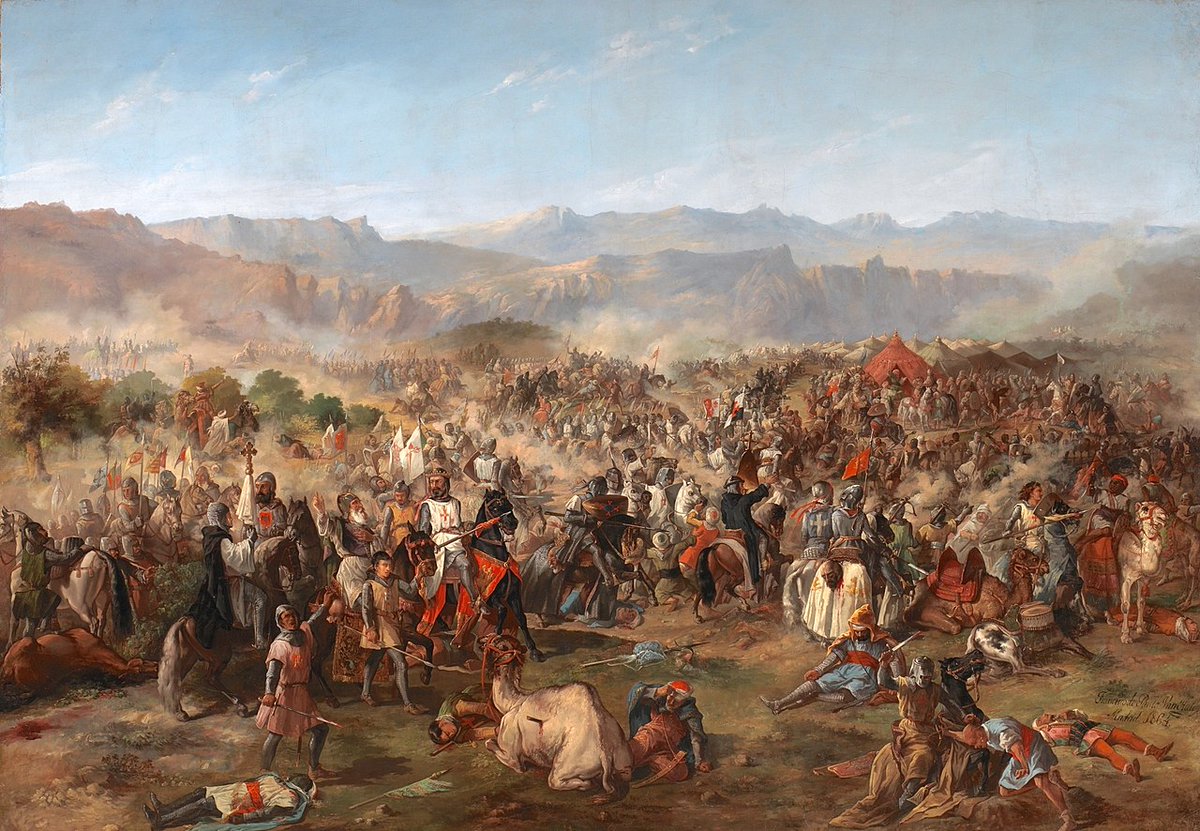
The epic 1515 battle of Marignano was fought between the French (led by young king Francis I) and the Swiss over two days and became known as the battle of the giants! The decisive encounter of the War of the League of Cambrai and one of the bloodiest clashes of the Italian Wars! 
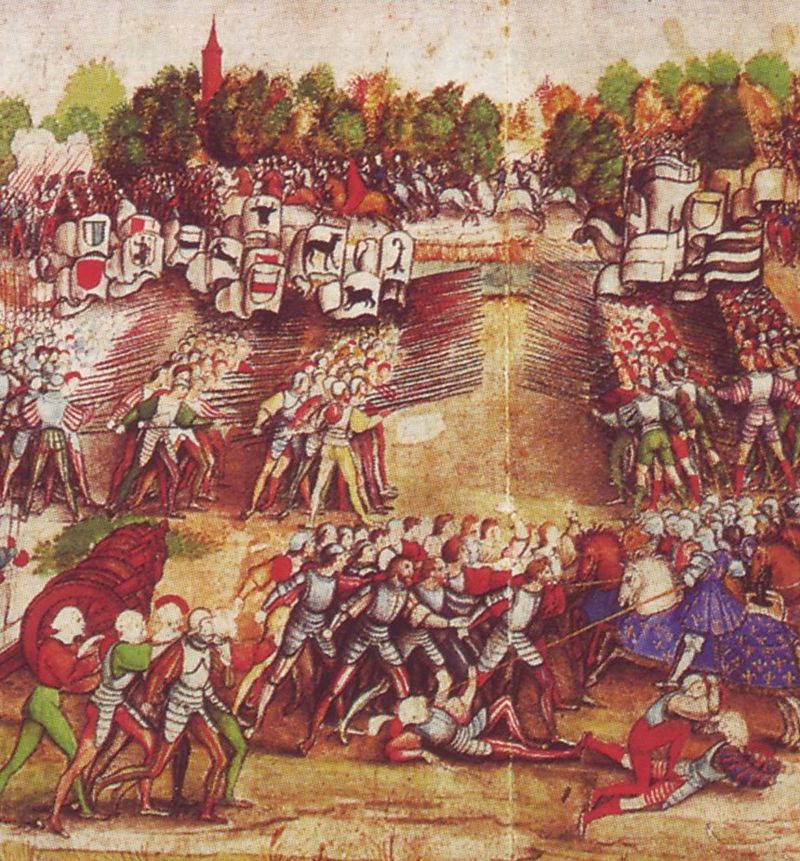
Before the War of the League of Cambrai started in 1508, the French held the Duchy of Milan and the war started with them invading Venice and crushing them in 1509. But in the next years, the alliances shifted and the tide turned against the French who ended up ousted from Italy! 

The Duchy of Milan was occupied by Swiss mercenaries who beat the French at Novara in 1513 and installed Maximilian Sforza as the Duke of Milan. The French new ally Venice was beaten in the same year by Spanish-Imperial forces near Vicenza. Things looked bad for France in Italy! 

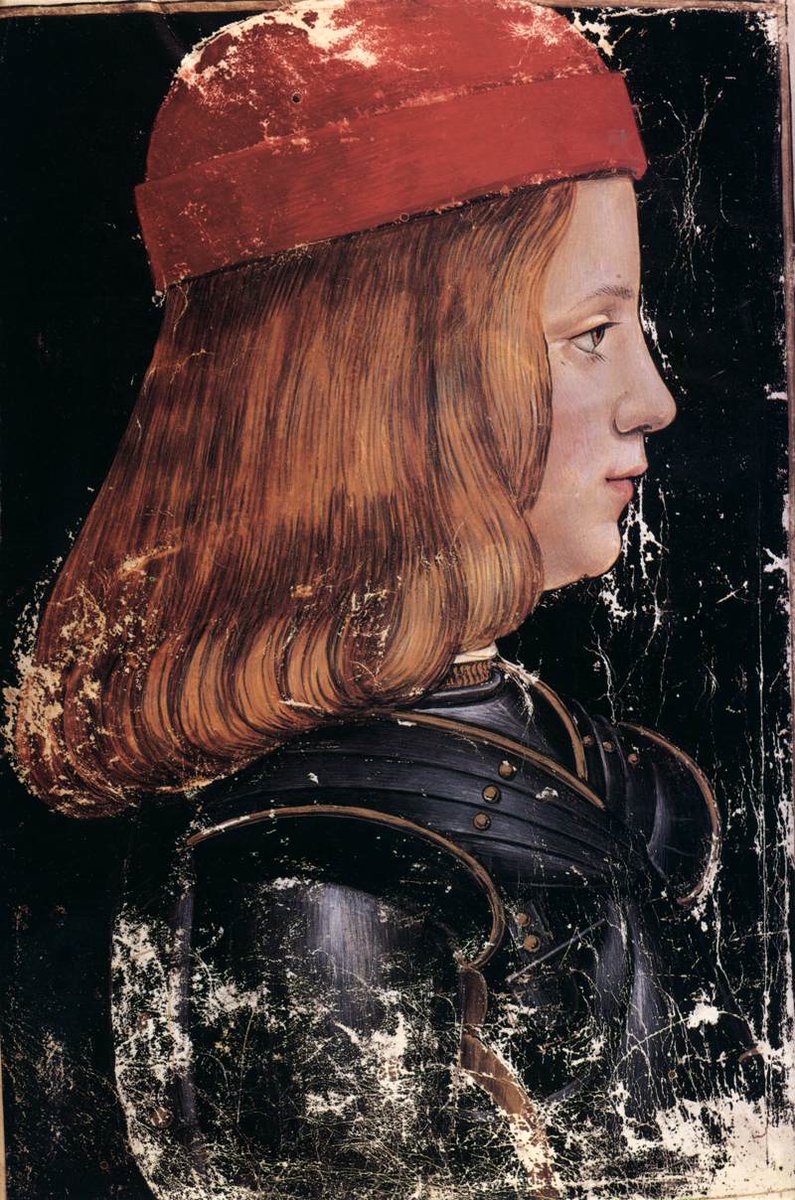

In 1515, however, France would get a new king that would bring back the ambitious bellicose spirit and plan another campaign in Italy. At just 20 years of age, Francis I would become king after his cousin Louis XII died without a heir. He immediately gathered a huge army! 



Francis I raised an army of around 30000 men, 20000 of them were Landsknecht mercenaries, including the experienced Black Band Landsknechts who were veterans of previous campaigns. French artillery was also impressive and their heavy cavalry was reputed as the best in Europe. 



Francis I also had great commanders such as Gian Giacomo Trivulzio, Italian condottiere who had served the French in the past and fought for them at the famous battles of Fornovo, Agnadello and Novara. He used to serve the Milanese under Ludovico Sforza in the past. 

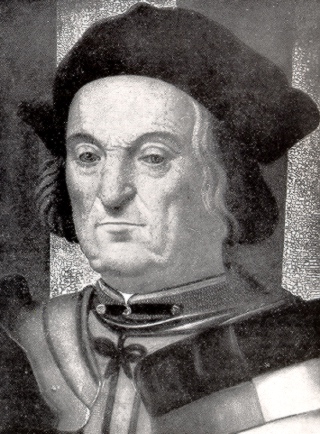
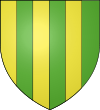
There was also Louis II de la Trémoille, another veteran of Fornovo and Agnadello who led the French during their humiliating defeat to the Swiss at Novara. He was looking for revenge! The French could also count on their Venetian allies to come to their aid. 

The Swiss reacted by guarding the key Alpine passes from France to Italy, but Francis and his commanders evaded them by crossing the Alps on more difficult passes in the south. Francis also had a secret agreement with Genoa and sent some of his troops with navy from Marseille. 



The Swiss were not particularly motivated to fight and negotiations started. Francis I also wanted to avoid problems with Swiss and try to regain Milan the peaceful way. He was worried about the Spanish army led by Cardona approaching from the south and joining Papal forces. 





Francis I moved south from Milan and his Venetian allies led by the experienced Bartolomeo d'Alviano were one day of march away. The mood in the Swiss side began to change, however, as the passionately anti-French Cardinal Matthäus Schiner arrived with some fresh reinforcements. 

Schiner was fiercely loyal to the anti-French cause of the Papal States and inspired the Swiss with a fiery speech, urging them to fight and invoking the memories of their victory at Novara 2 years ago, when a bigger French army was beaten by the Swiss warriors! 



This time, the Swiss had around 22000 men, and even some cavalry support from the Milanese. While still outnumbered by the 30000 strong French army, the odds seemed better for them than at Novara where they won against the French. They attacked the French camp at Marignano! 

The French noticed the Swiss attack just in time to swiftly prepare themselves in a very improvised battle formation. Francis I organized the French in 3 groups: vanguard, center group and rearguard. The Swiss attacked in three big columns with their usual confidence and speed. 

The French artillery guarded by the vanguard fired at the Swiss but the Swiss managed to neutralize it quickly by sending a unit of "forlorn hope" vanguard on a high risk charge towards artillery. They engaged with the landsknechts guarding the infantry and joined by the rest. 

A fierce "push of pike" followed between Swiss pikemen and landsknechts, the bitter rivals clashing with their long pikes again. The French launched a frontal cavalry attack but it was pushed back. Francis I decided to flank the Swiss instead and charge at them from the sides. 
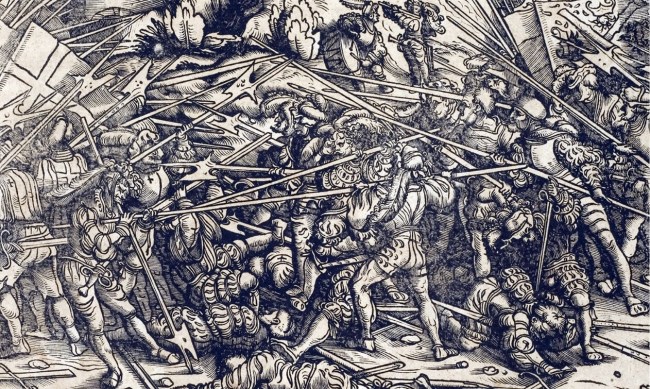
This is where Francis engaged the Swiss with his second group, using arqubusiers to fire at the Swiss and cavalry to break them up. The Swiss held on and managed to repel the cavalry attacks, but the French knights were persistent, charging the Swiss again and again. 



The battle started in late afternoon and after hours of fierce fighting, it was getting very dark until it eventually became too dark to fight and both sides disengaged. They slept over the night on fields next to each other. This gave the French time to reorganize for next day. 

The next day, fighting continued. This time the French decided for a linear formation, putting all their units in front to bombard and shoot at the Swiss. The Swiss attacked in three columns again and fought the French forces in another gruesome and fierce melee. 

All three groups on both sides were engaged in the fighting simultaneously. This must have been a really epic battle, two big armies with virtually everyone engaging! The battle was really close and might have been won by Swiss if not for the arrival of D'Alviano and Venetians. 

D'Alviano was notified by letter during the night to hurry up and he arrived just in time with his Venetian cavalry. He was a brave warrior and always ready to fight, but had been terribly unlucky in Italian Wars to this point as he always faced much stronger armies and lost. 

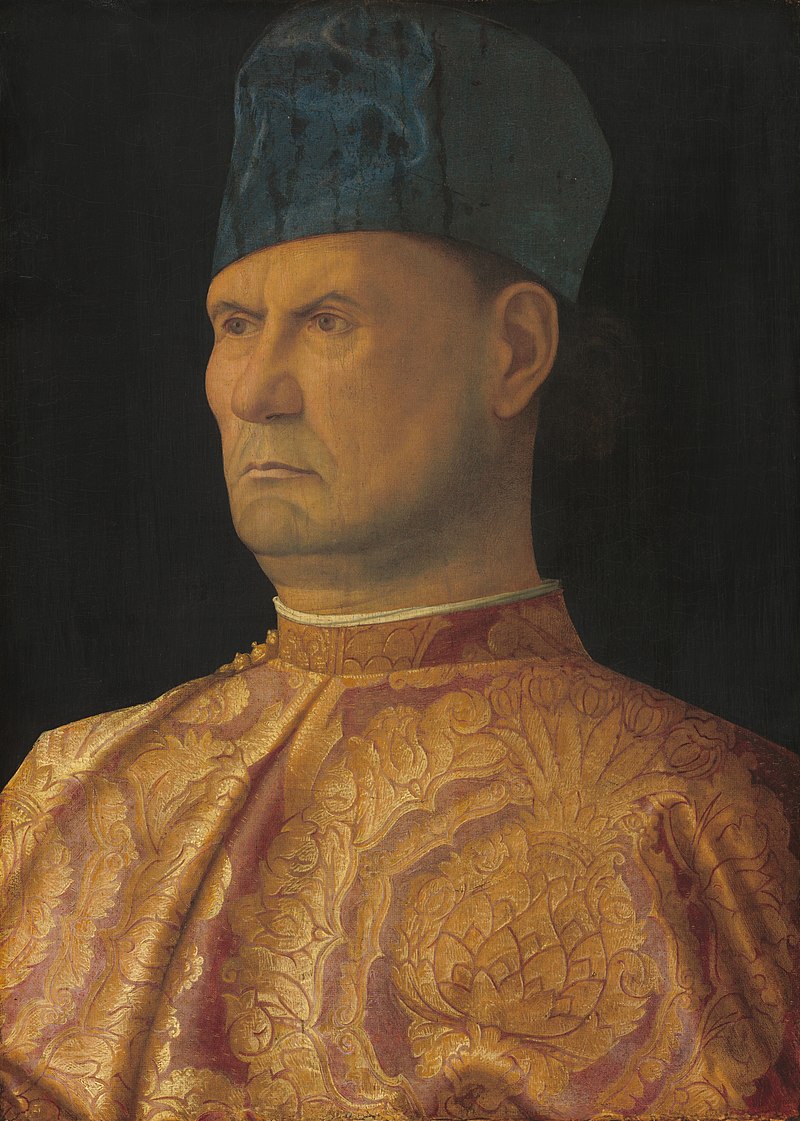

D'Alviano lost at Agnadello and La Motta and this was his time to redeem himself! He charged the Swiss left flank which turned the balance into French favor and annihilated it! The rest two columns of the Swiss were now demoralized and slowly retreated in order. The French won! 

Francis I chose not to cut down the retreating Swiss because he wanted peace with them and he felt that he might need them later on. The casualties were high on both sides, with estimated over 15000 dead altogether. It was even more bloody than previous battles in this war! 

Gian Giacomo Trivulzio said that all the others battles he had fought in were "children’s games" compared to this one. The young king Francis I was full of bravado and boasted, "I have vanquished those whom only Caesar vanquished" He had this printed on a medal. 

Francis I had no intention to ever fight the Swiss again and signed a "perpetual peace" between France and Swiss that would indeed last until the French Revolution. This battle also marks the end of transalpine expansionist ambitions of the Swiss Confederacy. 

After the French victory, the Spanish army retreated back to south. This was the last big decisive battle of the War of the League of Cambrai and the next year, a peace treaties were signed which affirmed French control over the Duchy of Milan again. 

• • •
Missing some Tweet in this thread? You can try to
force a refresh


